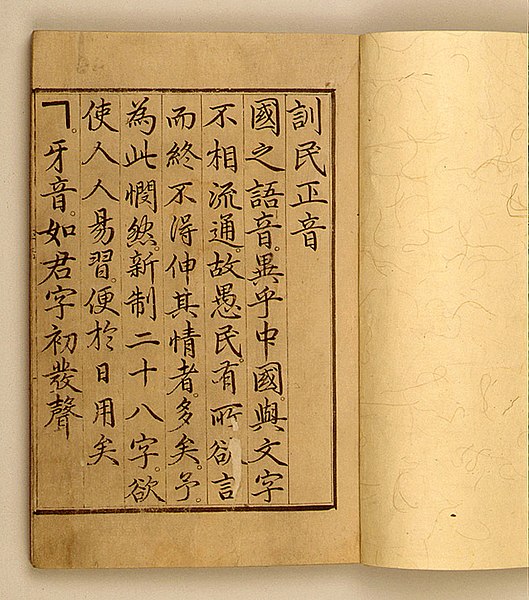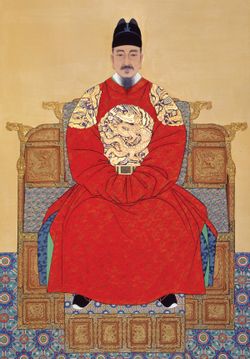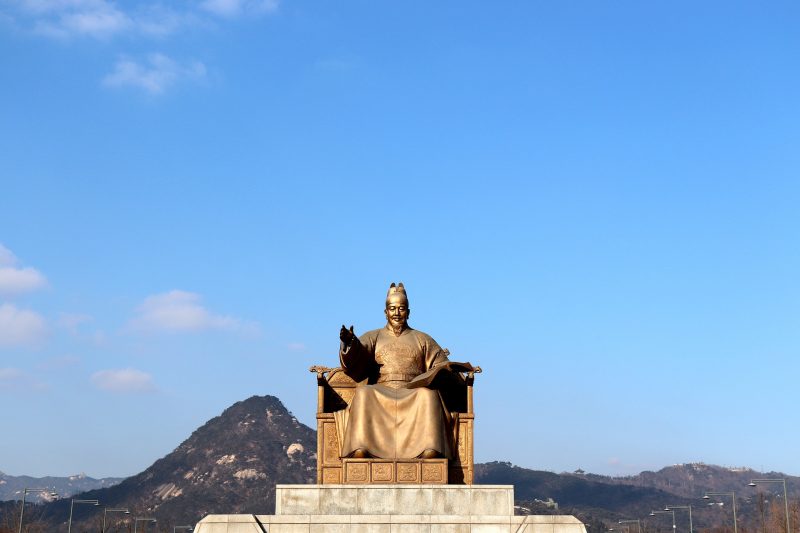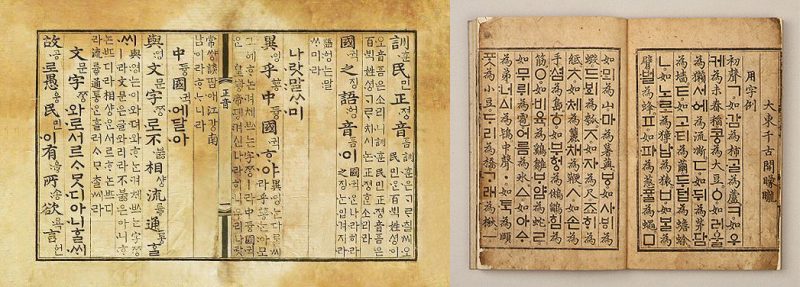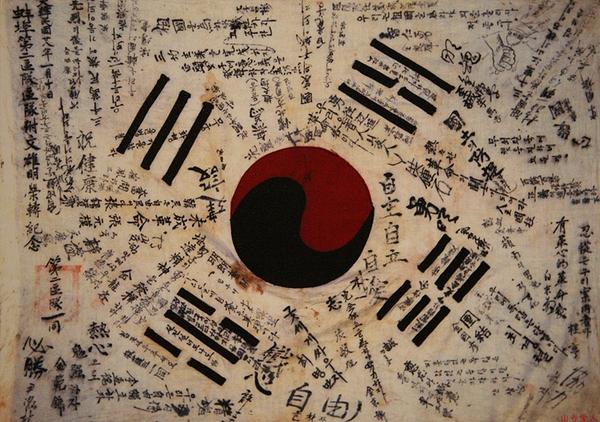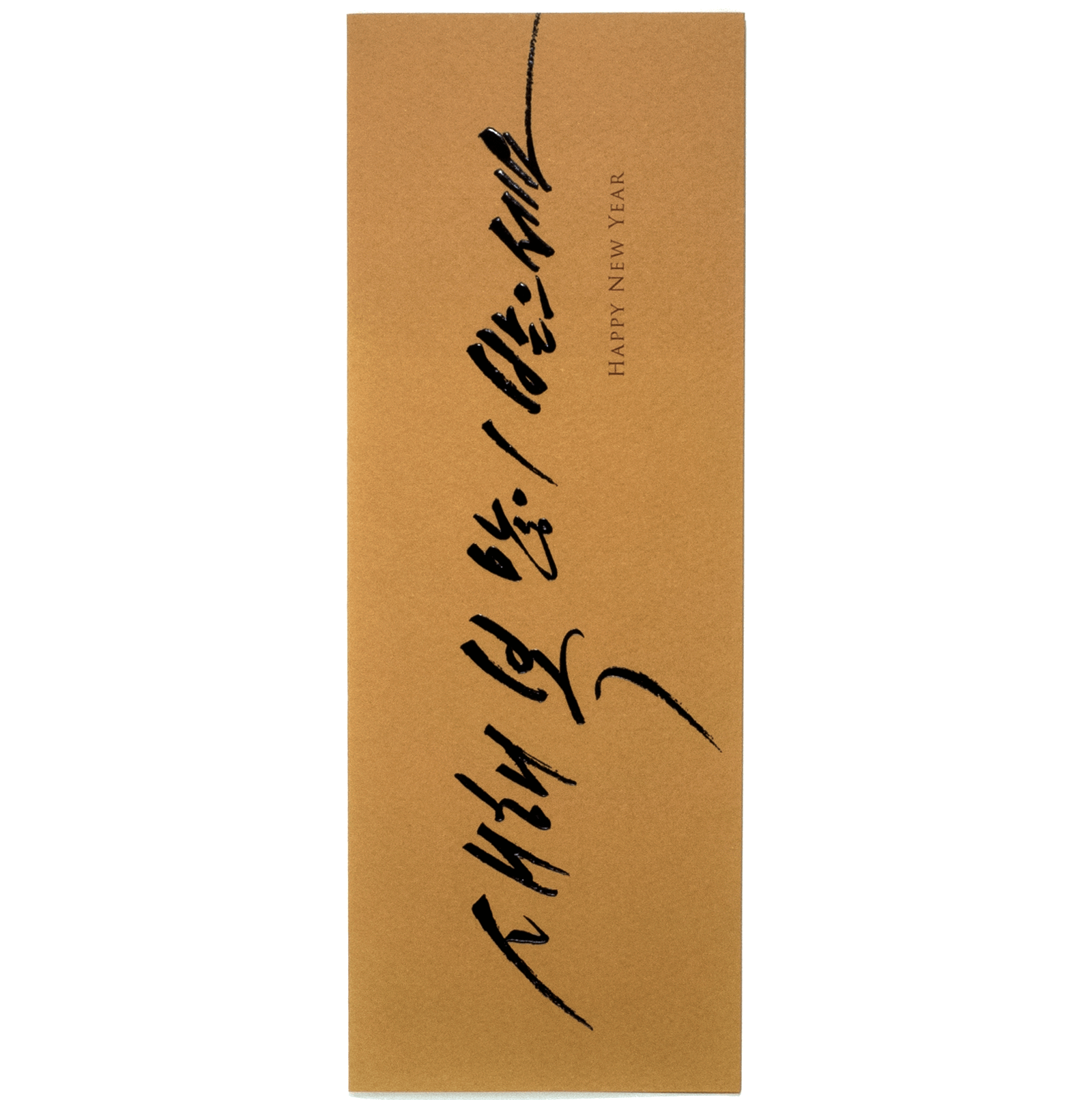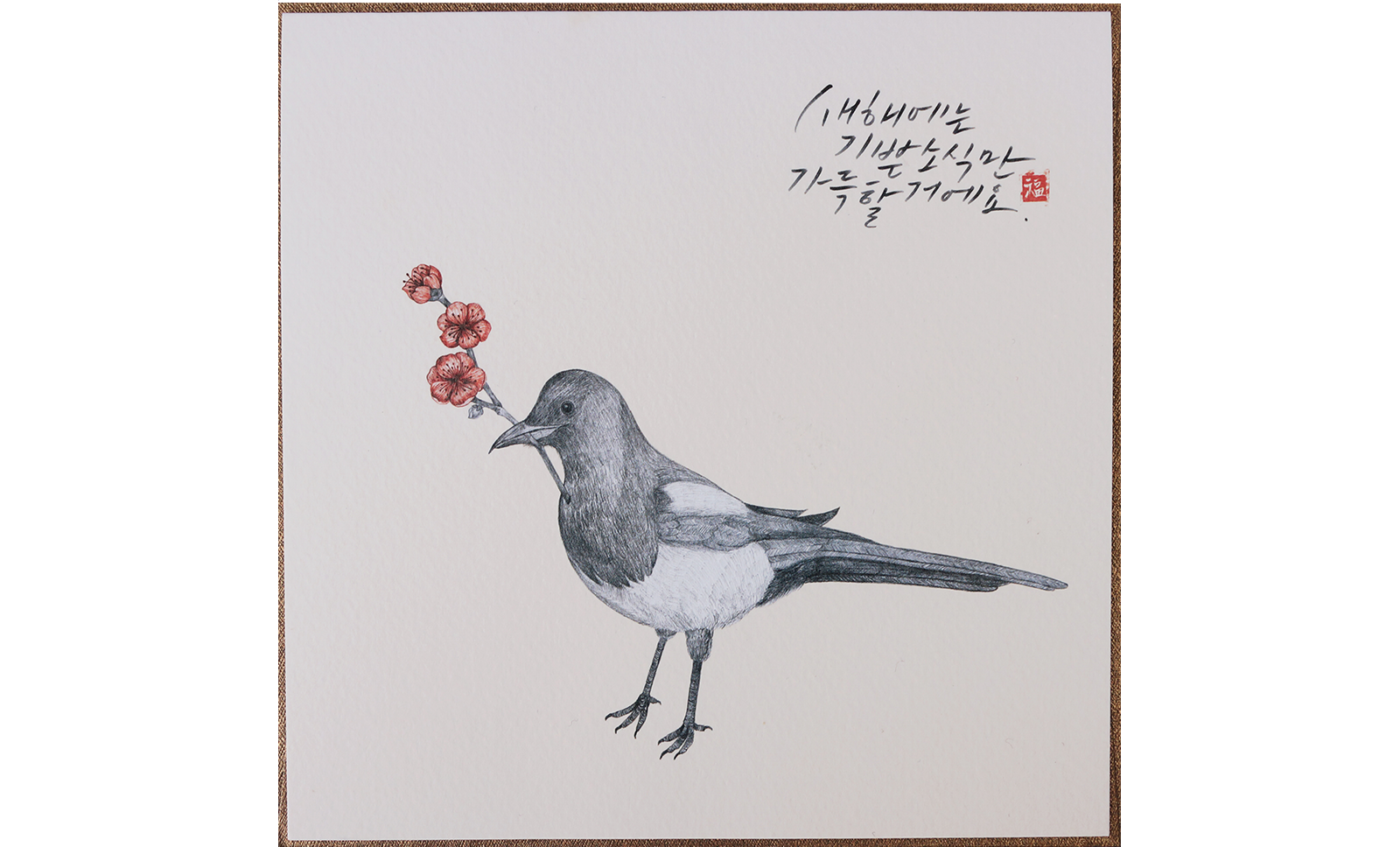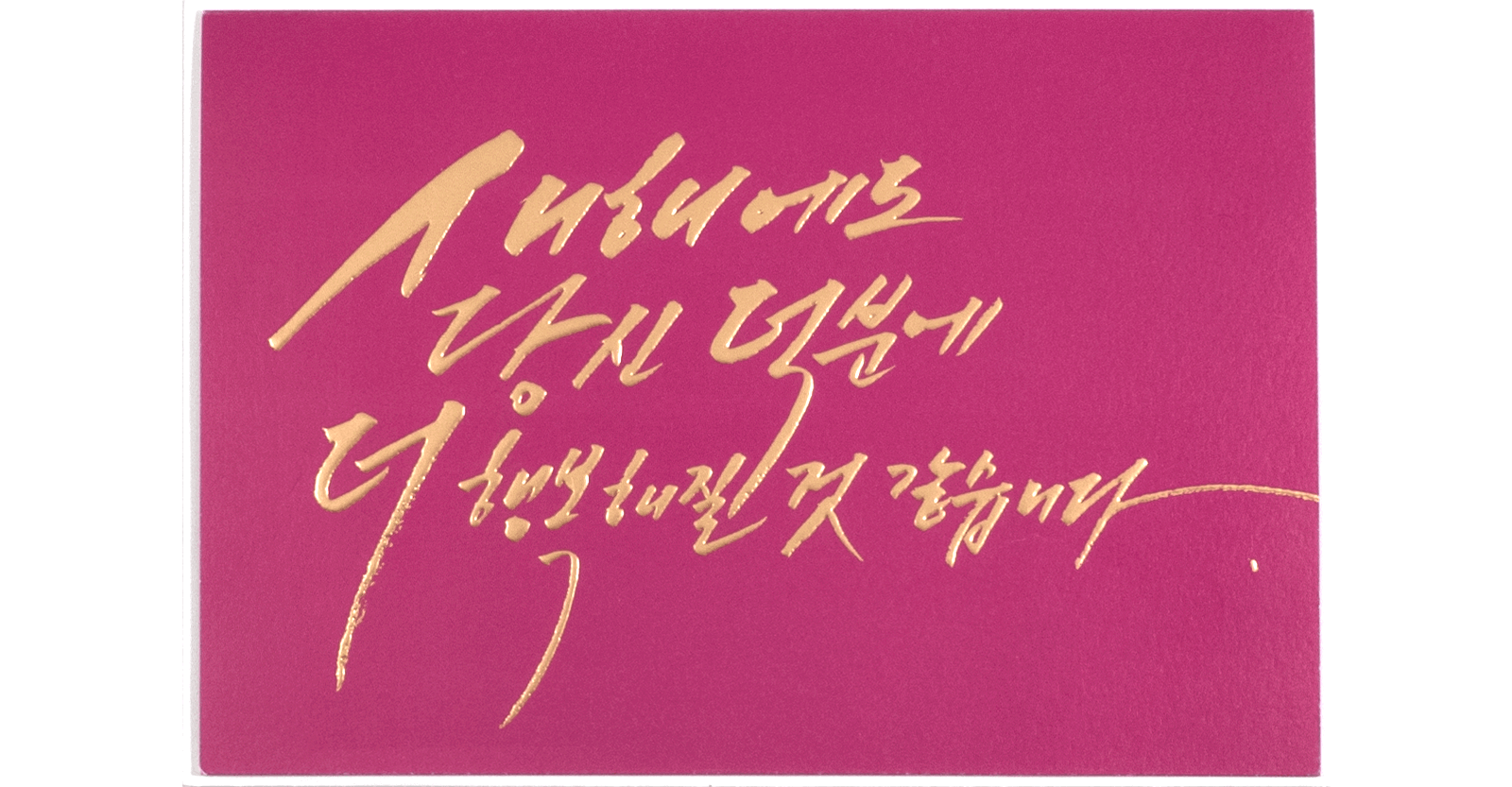A Chinese exposition on Hunminjeongeum which was created in 1443.
There are <Hunminjeongeum Yeuibon> and <Hunminjeongeum Haeryebon>.(See Naver Knowledge Encyclopedia).
指定项目 国宝
指定编号 国宝第70号
指定日期 1962年12月20日
收藏 涧松美术馆(首尔城北区城北路102-11)
时代 朝鲜
种类 木刻本
“King Sejong the Great is a king who contributed not only to Asia but also to the world. He did a lot of great work, but the creation of Hangeul (that is, Hunminjeongeum) is the greatest of all.” This is in the declaration by J.S. Gale, a Canadian missionary and Korean language scholar and shows why Hangeul was listed in UNESCO World Heritage.
“Hangeul,” Korea’s most brilliant cultural heritage, is an unparalleled language with the “creator” and the “creative purpose”. Furthermore, only King Sejong made the language for the people during his reign. Hunminjeongeum was created by King Sejong not only for the people, but was a “revolution over absolute knowledge” that experimented with the practicality as letters for the privileged. King Sejong so wanted that all people who were not yangban (aristocrats) would express their words and thoughts and live without resentment. It came from the love for the people.
Korea is one of the countries with a very low illiteracy rate in the world. This is because there is Hangul. For that reason, UNESCO, which took the lead in eradicating illiteracy, listed Hunminjeongeum in UNESCO World Record Heritage in 1997. The biggest concern of Confucian scholars who strongly opposed by posting appeals to King Sejong who wanted to communicate with the people in Korean rather than Chinese characters at the time and wanted to make their lives easier is that if they did not use Chinese characters, the people would stay away from consciousness of, and courtesy to, China.
Moreover, it was true that if the people who were not yangban learned how to read and write, the world for the privileged would be equal. ‘Hangul’ was another name of ‘equality’. King Sejong’s will was that the people should know the letters to develop the country. He wasn’t afraid to appoint even those who opposed his opinion to the Royal Court to guard against the irrationality of ‘group think’. It is ‘Hunminjeongeum’ that has always been made with intense arguments until the end.
<Hunminjeongeum Haeryebon (National Treasure No. 70)> currently in the possession of the Kansong Art Museum is in form of two block books of two volumes. There are <Hunminjeongeum Yeuibon> which reads “The language of [our] people is different from that of the nation of China and thus cannot be expressed by the written language of Chinese people,” and <Hunminjeongeum Haeryebon>, which interprets the meaning and usage of the letters. King Sejong created letters that reflect the phonological system of the Korean language so that Koreans can write down what they want to say in writing, regardless of their social positions and status. And all the letters became very easy to write. King Sejong created only 28 letters, which are easy to write. Therefore, it was possible to communicate with letters and this caused a new innovation.
The Hunminjeongeum and Sinmungo (a facility created for the purpose of directly resolving the unfair affairs of the people) created by King Sejong were all to communicate with the people. Communication was, in the end, King Sejong’s way of love to continue relationships. ‘Love for the people!’ ‘The language of [our] people is different from that of the nation of China and thus people cannot be expressed by the written language of Chinese people.’ He created the letters that everyone can learn and use easily considering the people who cannot express their wishes and resentment due to the complexity and difficulty of Chinese characters. Thanks to him, we now can cry watching a TV drama “Mr. Sunshine” and BTS does the performance not in English but in Korean. And most of all, K-PAPER has made cards that allow them to deliver their own words to others in the beautiful Korean language, so all of these would not have been possible without the Korean language. (See Naver Knowledge Encyclopedia.)

 Korea
Korea 中文
中文